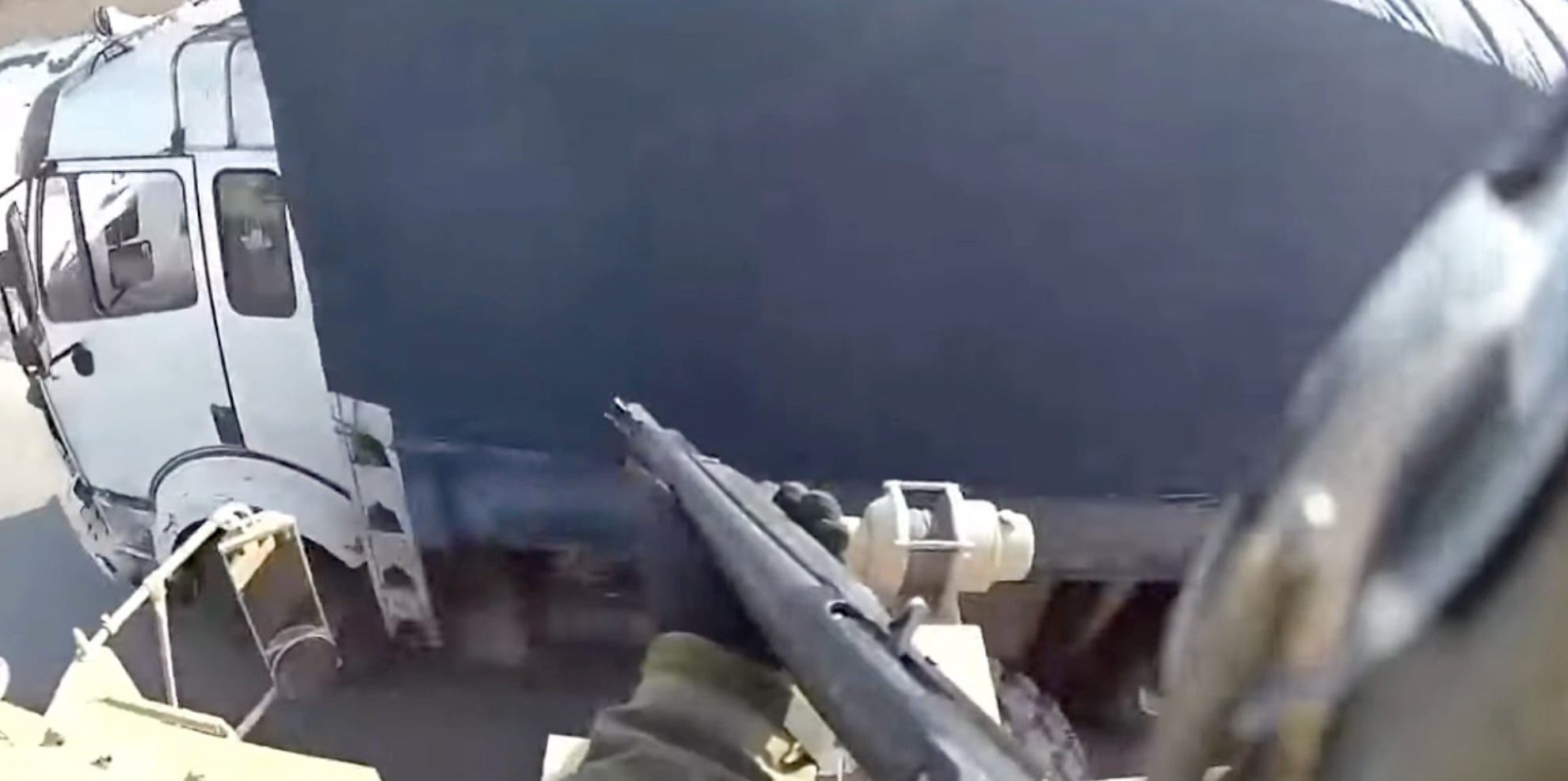An investigation into a Green Beret who fired a shotgun at a civilian truck driver in Afghanistan revealed that some soldiers in the same Special Forces detachment were shooting videos to promote their own clothing company, drinking alcohol on deployment and having extramarital affairs.
Originally reported by Stars and Stripes, the details are contained in an Army investigation report obtained by the news outlet.
The shotgun shooting came to light through a short video clip of a deployment montage posted online last year, sparking the investigation.
RELATED

Army Criminal Investigation Command officials found no probable cause to believe anyone died or that the Green Beret violated the rules of engagement.
Through unit interviews, investigators determined that the soldier fired a nonlethal bean bag round into the window of the driver’s truck after the driver failed to heed warnings as he swerved in and out of the military convoy.
The Stripes story outlines redacted interviews with members of the 12-man Green Beret team, part of the California National Guard’s A Company, 5th Battalion, 19th Special Forces Group.
The shooting happened in early 2017 near Bagram Airfield in Afghanistan.
The team’s captain told investigators that the driver had failed to heed other warnings and firing the round was the only way to get the driver’s attention.
Another team member, the intelligence sergeant, agreed with the steps the unidentified Green Beret took.
“If placed in the same situation, I would have taken the same actions: pen flare, flash-bangs, less lethal, lethal,” he said. “These steps are used to mitigate collateral damage to the locals and to protect the lives of American soldiers and their partner forces.”
But the team’s operations sergeant, a master sergeant not named in the Stripes article, called the shot “horribly poor judgement,” according to Stripes.
“Even if the civilian vehicle was trying to disrupt or enter into part of our convoy, ignored pen flares as warnings, a shot to the metal door could achieve the same message without putting the civilian driver at risk of injury,” he said.
The team’s junior weapons sergeant likely recorded the video footage that ultimately triggered the investigation. Witnesses interviewed said they saw the footage later on the weapons sergeant’s laptop. That individual and another member of the team had started a clothing company and were using the deployment video montage footage to promote the business.
The same master sergeant said the team’s commander and assistant commander allowed soldiers to drink alcohol on the deployment and at least two soldiers to have extramarital affairs while at Bagram.
And a team member let an Afghan take one of the detachment’s vehicle, complete with surveillance equipment, to a local repair shop, left it there for a month and then lied to cover up the decision.
Those incidents, while separate from the actions on patrol, had their consequences, the master sergeant said.
“This behavior spilled over into our operations, with poor decision-making by these individuals and those on the ODA negatively influenced by them,” the master sergeant said.
Todd South has written about crime, courts, government and the military for multiple publications since 2004 and was named a 2014 Pulitzer finalist for a co-written project on witness intimidation. Todd is a Marine veteran of the Iraq War.









